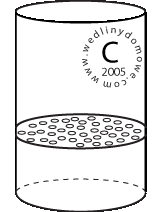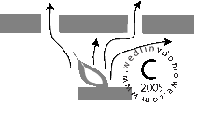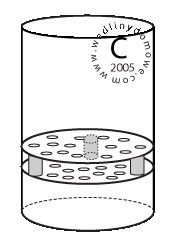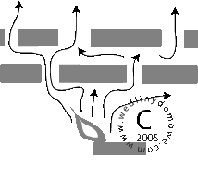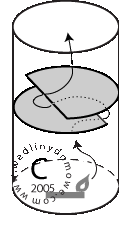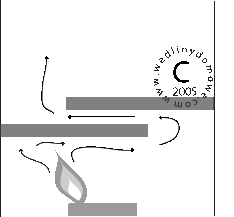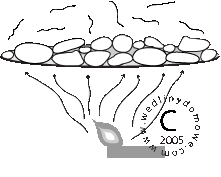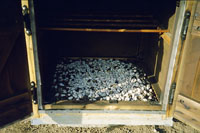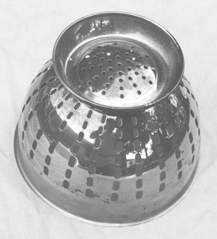Meats and Sausages
Smokehouse Baffles
Flame and heat protection is a big problem for small smokers since the distance between the fire pit and the hanging meats is so short. That is why smaller smokers must have a safety feature called a “baffle” built into it to prevent this kind of scenario. Most often, a baffle is some type of perforated metal plate or a shield that physically separates the fire pit from the smoking chamber.
There are two kinds of baffles:
- Directional baffles
- Safety baffles
A directional baffle is a solid metal plate whose purpose is to direct heat and flames in a specified direction. The directional baffles could be installed vertically, horizontally or a combination of the two. Directional baffles are used most often in wood stoves. They are a very important design feature of any small smoker with a firepit located in its bottom part as they safeguard products from flames and wild jumps of temperature. They provide a piece of mind when smoking, making the entire process more organized and controllable; they also help to disperse smoke slowly and evenly to all parts of the smoking chamber. If a smoker is connected by a pipe with a separately standing fire pit, the baffles are not necessary.
Meat hangs in different sections of the chamber, but the smoke pouring out of the pipe, or the one rising from the fire pit, is using the path with the least resistance, which means it is rushing straight up. A baffle puts some brakes on the smoke forcing it to slow down and disperse evenly in all sections of the drum. During cooking the baffles will slow down the heat escaping straight up, and the design of the smoker will be more efficient.
A baffle is a perforated metal plate, rectangular or round, of about 1/8” (3 mm) thickness or more, strong enough to support the weight of river gravel or another baffle. Its diameter should be about 2” (5 cm) smaller than the diameter inside of a barrel to facilitate removal for cleaning. The holes between ½ - 1” ( 12 – 25 mm) diameter should be drilled at random so if the two baffles are used, there will be some offset between holes for better smoke distribution.
The smoker will work even better when a second baffle is installed. The bottom baffle will rest freely on three right-angle metal supports secured to the barrel with bolts and nuts and positioned every 120 degrees. The top baffle can rest freely on three spacers, about 4” high and also placed every 120 degrees. Three empty cans of soda will do nicely.
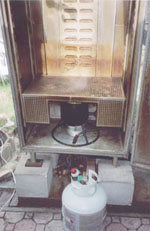
The photo shows a very functional although not a typical baffle. This stainless steel enclosure with hundreds of holes creates a formidable safety screen for any possible flames from below. The smoker also has a separate fire pit that is connected by a 6" steel pipe. The pipe's outlet is visible under the propane gas burner.

